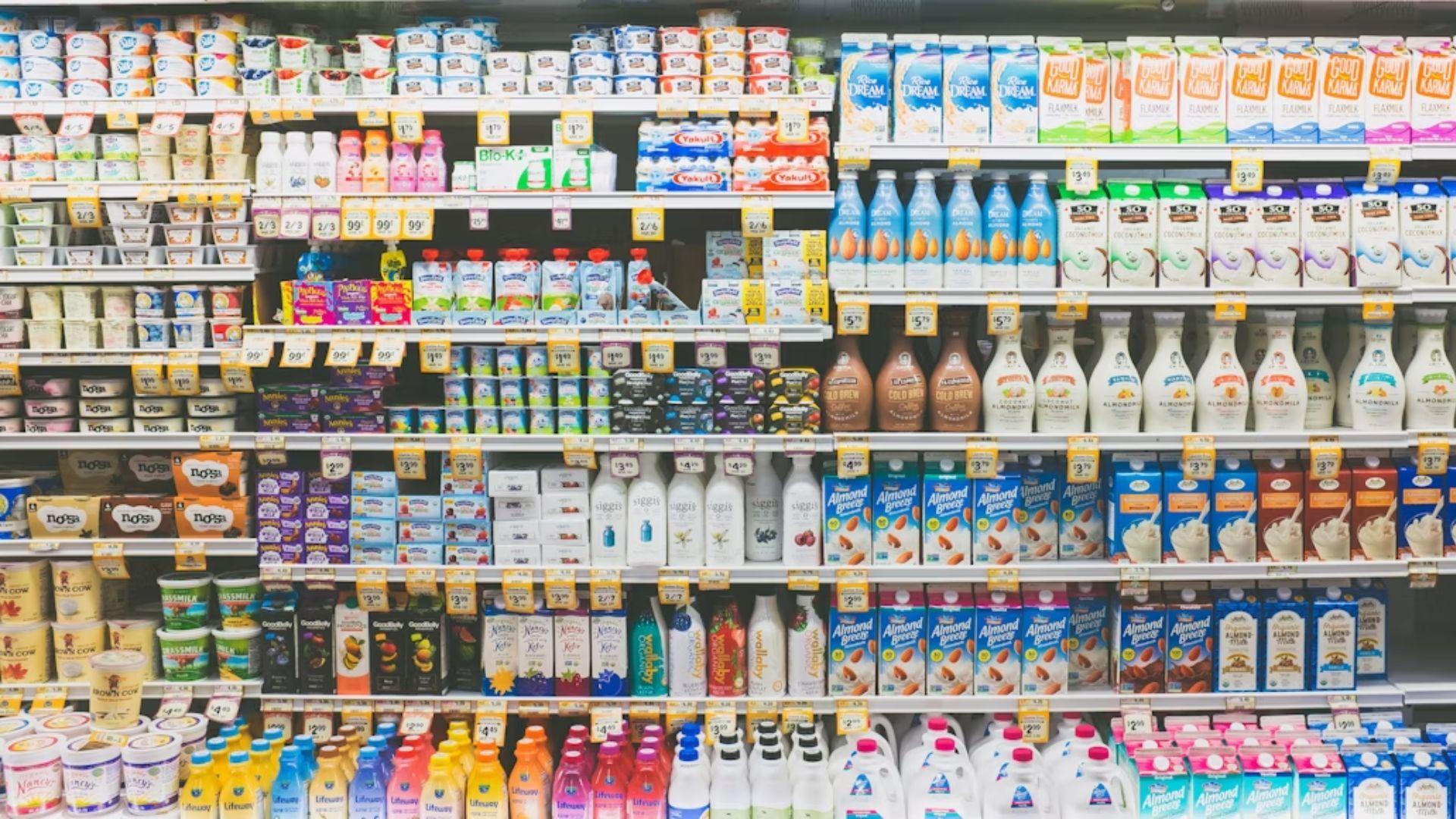In June, hundreds of loaves of bread were recalled by the US Food and Drug Administration (FDA) after a consequential mistake was made by the popular brand. Now, the FDA has issued a crucial update.
Following the late June recall, the FDA has released a risk classification for the bread – labelling it a Class II risk: the second most severe risk level possible.
Identifying Recalled Bread

The recalled bread was from the California-based Starter Bakery – which has now recalled 590 loaves of Multigrain Sourdough Bread.
All recalled bread products have best-by dates between June 21 and June 27, 2024, and a UPC code of 8 50025 60902 9.
What is a Class II Risk?

Follow the June recall, the FDA has now announced that the recalled bread presents a Class II risk. There are three risk categories, with III being the most serious and I being the least.
The FDA describe a class II risk as “a situation in which use of or exposure to a violative product may cause temporary or medically reversible adverse health consequences or where the probability of serious adverse health consequences is remote.”
Why Was Bread Recalled?

The Starter Bakery bread was recalled after the product was discovered to be mislabeled.
The FDA requires the presence of all major allergens to be labelled on all products. One of these allergens was not clearly listed on the recalled bread.
The Major Allergen Present

Sesame was present in the recalled bread. Per FDA rules, food manufacturers must clearly label the nine most common allergens if they are in a product.
The other eight major allergens are wheat, milk, tree nuts, peanuts, soy, egg, crustaceans (shellfish) and fish.
Allergies in America

The Food Allergy Research and Education (FARE) organisation estimates that 33 million Americans suffer from food allergies – including nearly six million children.
The most common food allergen in America is a sesame allergy, with around 700,000 Americans suffering with this allergy.
Allergy Symptoms To Look Out For

Standard symptoms of allergies include rashes, hives, diarrhea and vomiting.
Additional symptoms include abdominal cramping, throat swelling, swelling of the vocal chords, coughing, and weezing. For some, however, allergic reactions can lead to even more harmful results.
Serious Allergies: What To Look Out For

Allergic reactions can be deadly if they result in anaphylaxis – which is when the body overreacts to the presence of an allergen.
Anaphylaxis symptoms include throat swelling, breathing trouble, sudden drop in blood pressure, chest pains, faintness, and a loss of consciousness. Anyone experiencing these symptoms should immediately seek medical attention.
A Busy Year For Food Recalls

The latest recall is part of a broader trend of food and drink recalls increasing in recent years. Since 2018, the US has recorded a 115% increase in such recalls.
In recent weeks, recalls have been made for Snapchill coffee, Charles Boggini Company sodas, Hy-Vee cream cheese spreads and cookies and cream mixes and lead-contaminated children’s applesauce pouches.
Not Just Humans Impacted By Recalls

It’s not just humans impacted by the trend towards increasing recalls. In June, popular dog treat provider TDBBS recalled over 3,500 bags of dog treats due to the potential presence of foreign metal objects in the food.
Meanwhile, Pedigree dry dog food faced a recall in May due to similar concerns about metal presence – with over 300 bags pulled from shelves.

